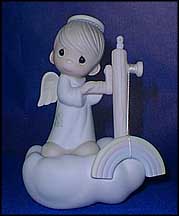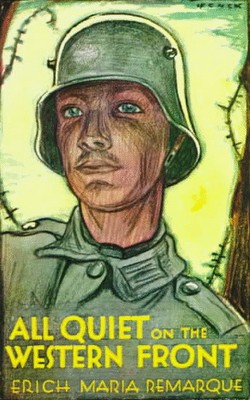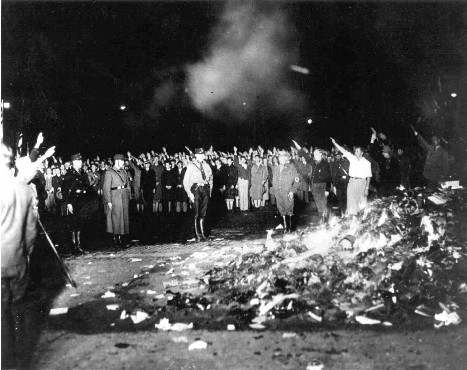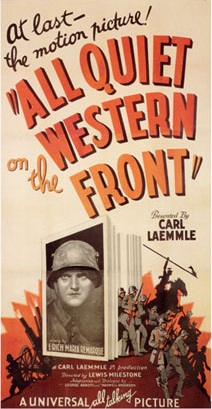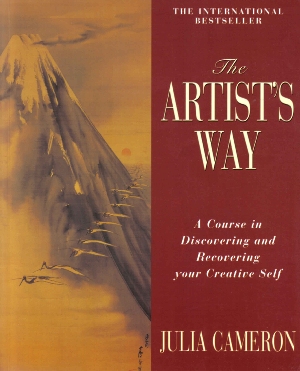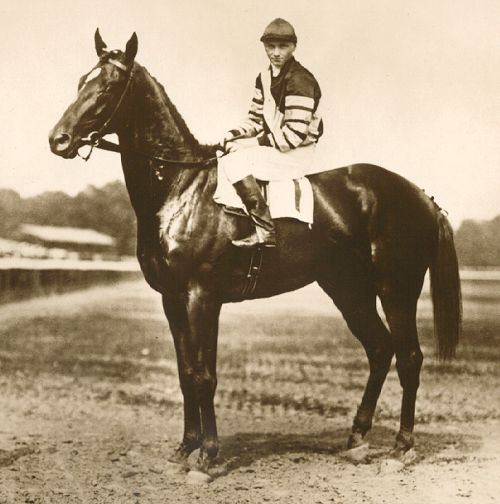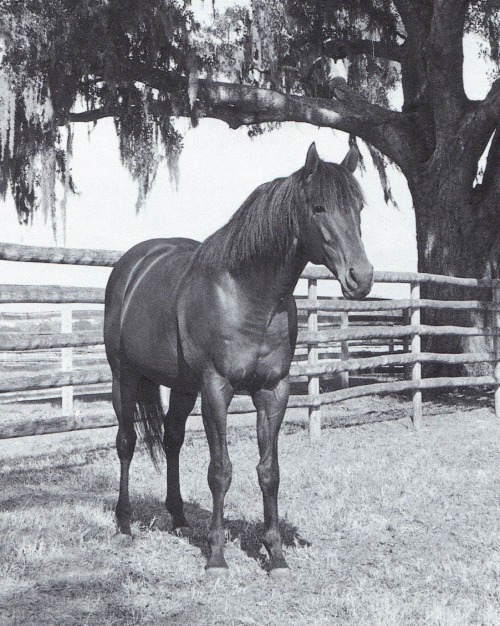
upload.wikipedia.org
It was on this day in 2003 that children's author and illustrator Robert McCloskey passed away. Author and illustrator of eight books and illustrator of twelve, he was best known for his tale Make Way for Ducklings. Here is a classic case of art imitating life.
Robert McCloskey received a scholarship in 1932 to attend the George Vesper Art School. Every day on his way to school he would walk past the Boston Public Garden and gaze at a family of ducklings waddling along in single file. One day he brought along his sketchbook and charcoal and started to draw the ducklings, their quack-quacks drowning out the honks of the cars in Boston's nearby traffic circles.
Mr. McCloskey became so engrossed with these ducklings, that he decided to purchase his own. He brought home six ducks and tried to observe their habits. Frustrated that they would not sit still for a minute, he actually plied them with wine to get them to slow down!
Robert completed his art school studies and moved to New York City to further study his craft. Four years later, he returned to Boston. When he walked by the Public Garden, he noticed that the family of ducks had created a traffic jam. A police officer had stopped traffic to let them pass. Here were the roots of his story.
He started writing a tale of a pair of mallards who nest on an island in Boston's Charles River. Mama Duck decides to swim across the river with her ducklings in tow. Slowly, they make their way across busy Boston, to the consternation of the motorists, until they settle in the Public Garden.
Make Way for Ducklings was published in 1941. It received the Caldecott Prize in 1942. Mr. McCloskey went on to pen several other books including Blueberries for Sal, based on his wife and daughter going blueberry picking in Maine.
Morton Schindel filmed a short documentary on McCloskey's work, featuring the famous sketchbook with the ducklings, in 1964. Make Way for Ducklings went on to be a bestseller; at the time of McCloskey's death it had sold two million copies.
In 1987, a statue of the Mama Duck and her eight ducklings was placed in Boston Public Garden in gratitude for the book which helped put it on the map. Visitors to the park can almost imagine a young artist sitting on a bench sketching, oblivious to everything but his subjects.

www.boston-discovery-guide.com















